Understanding the Basics of Pool Construction
Building a swimming pool can be an exciting venture, often seen as a beautiful addition to any backyard. Introducing a pool construction project requires understanding the various aspects involved, from types of pools to essential materials, and the terminology that shapes this industry. This article aims to provide a comprehensive guide on the fundamentals of pool construction, including detailed planning, the construction process, cost factors, innovations, and trends in the industry.
Defining Pool Construction Types
There are several types of swimming pools, each with unique characteristics, benefits, and construction methods. The three primary types include:
- Inground Pools: These pools are constructed into the ground and can be made from concrete, fiberglass, or vinyl. Inground pools provide a permanent installation and are highly customizable.
- Above Ground Pools: Generally easier and quicker to install, above ground pools are often less costly than inground options. They are typically made of metal, resin, or inflatable materials and cater to various aesthetics and budgets.
- Infinity Pools: Often associated with luxury homes, infinity pools create a stunning visual effect by utilizing a vanishing edge that blends into the landscape, making the pool appear as if it extends into the distance.
Essential Materials for Building Pools
The choice of materials greatly affects a pool’s structural integrity, longevity, and design aesthetic. Key materials include:
- Concrete: Highly durable and customizable, concrete is the preferred choice for inground pools. It offers flexibility in design but takes longer for installation compared to other options.
- Fiberglass: A quick-install option that comes pre-fabricated, fiberglass pools resist algae growth and are relatively low maintenance.
- Vinyl Liner: A cost-effective solution for inground pools, vinyl liners must be replaced every 5 to 9 years, offering adaptability in design.
Common Terminology Used in Pool Construction
Familiarity with pool construction terminology is essential for smooth communication during the project. Here are some commonly used terms:
- Gunite: A mixture of sand and cement sprayed onto a rebar framework for creating concrete pools.
- Skimmer: A device near the water’s surface that collects debris before it sinks.
- Plumbing System: Essential for water circulation, sanitation, and heating, involving pipes and fittings.
Planning Your Pool Construction Project
A successful pool construction project begins with careful planning. Understanding your goals, limitations, and requirements is essential for ensuring satisfaction with the final result.
Key Factors to Consider Before Building
Before diving into the construction process, it is critical to evaluate several key factors:
- Location: Ensure the chosen site meets zoning regulations and is optimal for sun exposure, drainage, and aesthetics.
- Budget: Establish a realistic budget that includes direct costs of construction, indirect costs (landscaping, permits), and ongoing maintenance expenses.
- Usage: Consider how often the pool will be used, whether for recreation, relaxation, or both, and design accordingly.
- Style: Decide on the desired shape, depth, and additional features like waterfalls, slides, or lighting.
How to Create Your Pool Design
The design stage is crucial for realizing your vision. Collaborate with experienced designers to create a functional and aesthetically pleasing layout. Consider including:
- 3D Models: Visual tools that demonstrate how your pool will look in your yard before construction begins.
- Landscaping Elements: Integrate greenery, patios, lighting, and pathways for a cohesive backyard experience.
Obtaining Necessary Permits and Approvals
Most locales require building permits before pool installation. Consult local building authorities to ensure compliance with all regulations, including safety requirements and environmental concerns.
The Step-by-Step Pool Construction Process
Once planning is complete, the next phase involves the actual construction. Below is an outline of the critical stages of the pool-building process:
Initial Site Preparation and Layout
This first step involves clearing the area and marking the pool’s layout for excavation. It may require surveying the ground to assess soil conditions, which is essential for proper installation.
Excavation and Structure Installation
With the area prepared, excavation is performed following the design blueprint. The depth and shape are defined, and once excavated, installers will typically set up reinforcing bars for a concrete pool or place pre-fabricated structures for fiberglass options. The various installations following excavation include:
- Steel Installation: Used primarily for concrete pools, reinforcing steel bars are placed where concrete will be poured.
- Plumbing and Electrical Systems: Vital systems must be installed before adding concrete or finishing materials, ensuring accessibility and proper functioning.
- Gunite Application: For concrete pools, this involves spraying a high-velocity mix of sand and cement onto the structure, creating the pool walls.
Finishing Touches: Tiles, Decking, and Landscaping
Finishing is the final layer of construction, giving your pool its unique look. This includes adding tiles both for aesthetic appeal and safety (to avoid slipping), constructing decks around the pool area, and implementing landscaping to enhance the space.
Cost Factors in Pool Construction
The total cost of pool construction is influenced by various factors, including materials, labor, and more. Understanding these elements allows for detailed budgeting.
Breaking Down Pool Construction Expenses
When estimating costs, consider the following categories:
- Pool Type: Inground vs. above ground presents different pricing structures.
- Materials Used: As noted earlier, the type of materials (e.g., concrete vs. fiberglass) greatly impacts costs.
- Labor Costs: Hiring skilled contractors can greatly affect your budget but may be necessary for quality assurance.
- Permits and Inspections: Factor in potential costs and fees associated with legal compliance.
Budgeting for Ongoing Maintenance Costs
Maintaining a pool incurs ongoing costs. This includes chemicals, regular cleaning, potential repairs, and utilities. While initial construction may be costly, planning for these ongoing expenses is crucial for long-term ownership satisfaction.
Comparing DIY vs Professional Pool Construction Costs
Some may consider a do-it-yourself (DIY) approach to save on labor costs. However, it’s essential to conduct a thorough analysis of potential savings against the risks of inexperience. Professional builders provide expertise, ensuring a smooth transition through complex processes, compliance with codes, and long-lasting results.
Innovations and Trends in Pool Construction
Pool construction continually evolves with advancements in technology and design concepts, enhancing safety, aesthetics, and energy efficiency.
Eco-Friendly Pool Construction Practices
With growing environmental awareness, more builders are adopting sustainable practices. Consider features like:
- Energy-Efficient Equipment: These include heat pumps and solar panels to reduce energy consumption.
- Water-Saving Features: Technologies that minimize water evaporation, such as pool covers and smart irrigation systems.
Smart Technology in Modern Pools
Integrating smart technology enhances the pool’s functionality and user experience. Examples include:
- Automated Control Systems: Enable remote monitoring of water quality, temperature, and cleaning schedules.
- Smart Lighting: Adjustable lights that can shift colors and settings, contributing to ambiance and safety.
Future Trends in Pool Design and Construction
Emerging design trends focus on maximizing space, promoting wellness, and integrating interactive elements into pool environments. Future pools may incorporate features like:
- Natural Swimming Pools: Using plants and biological filters instead of chemicals for cleaner water.
- Water Features: Incorporation of slides, fountains, and waterfalls adds to an immersive experience.
In conclusion, embarking on a pool construction project necessitates comprehensive planning, budget considerations, and an understanding of the process. With the knowledge provided in this guide, you can ensure a successful experience, resulting in your dream pool that complements your lifestyle and enhances your home.
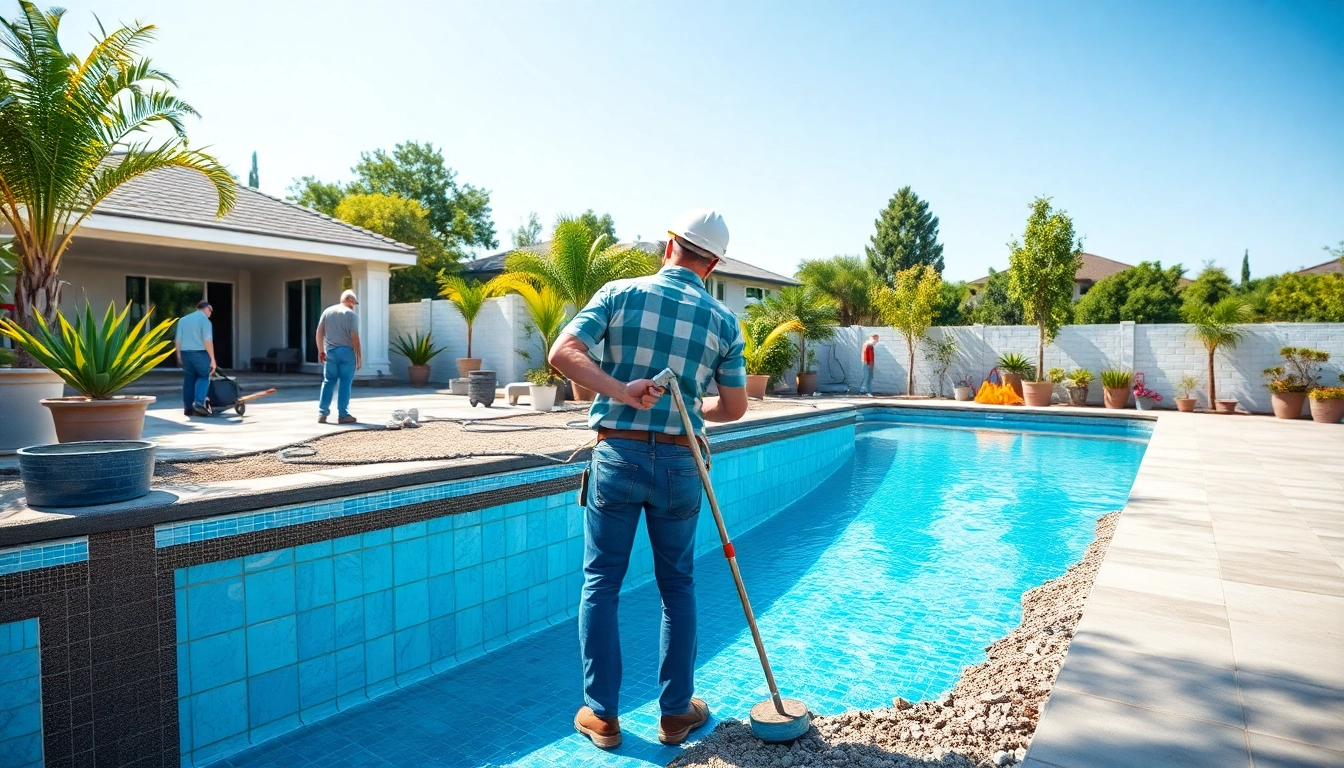
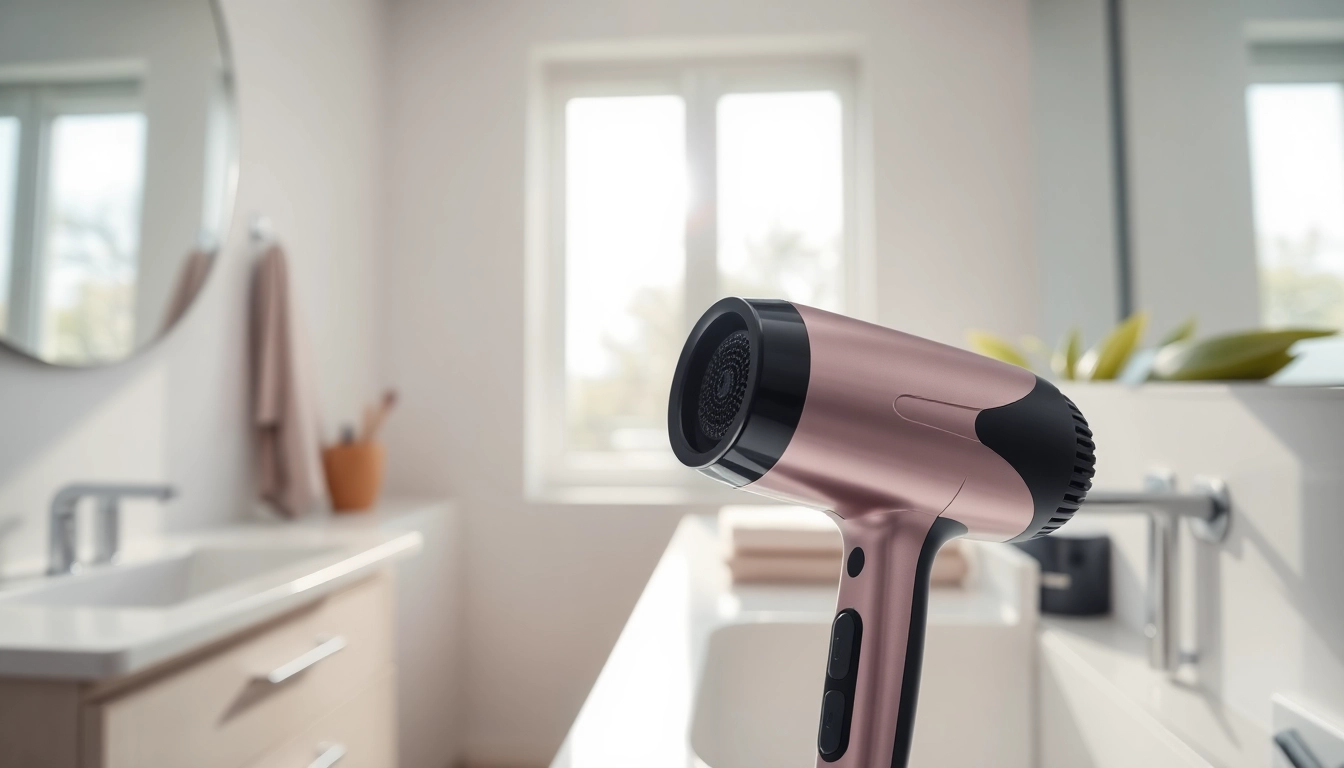
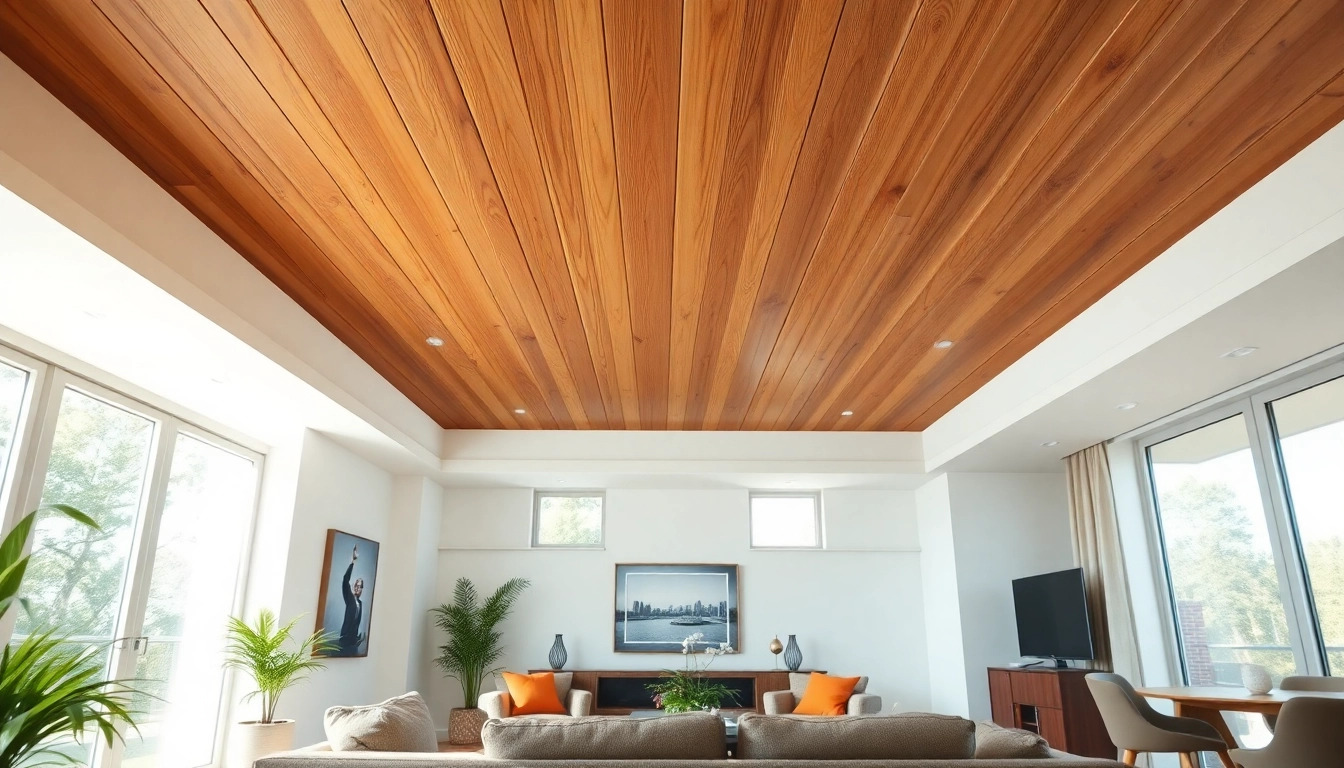
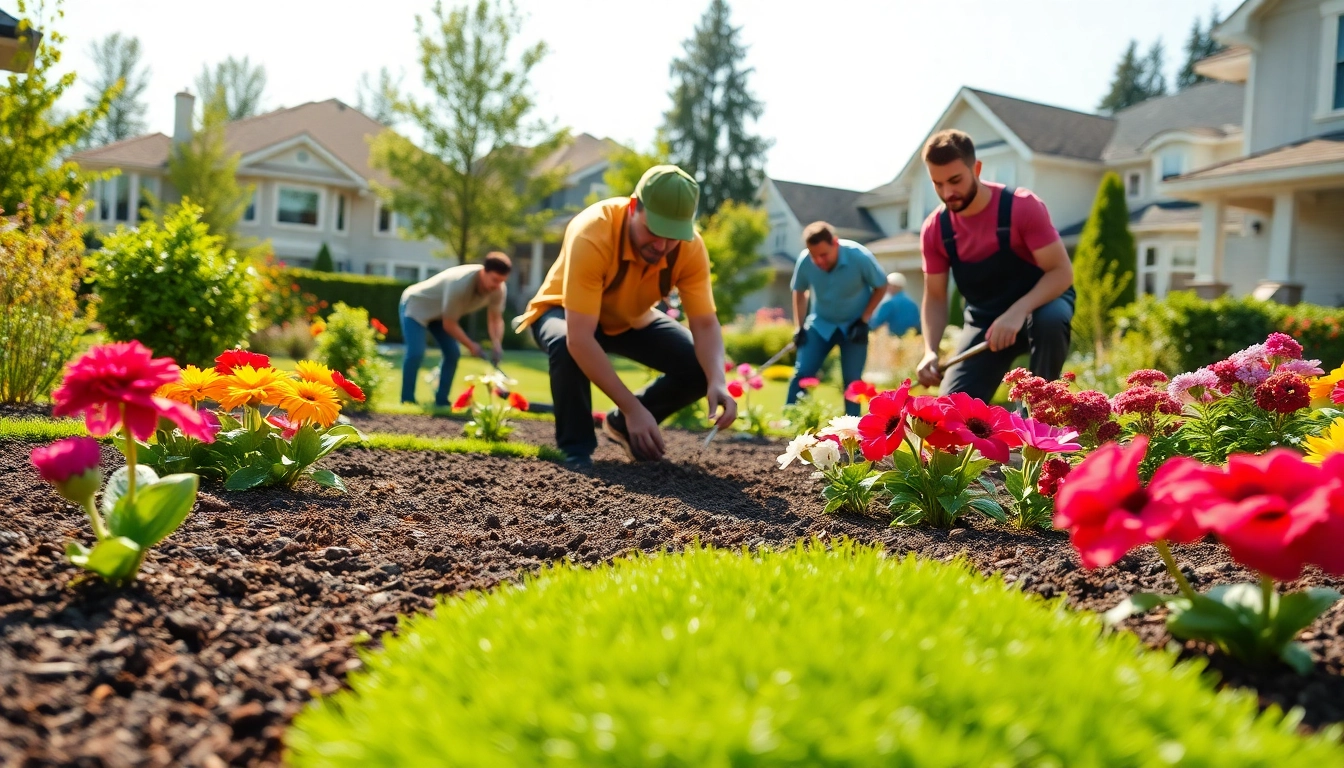
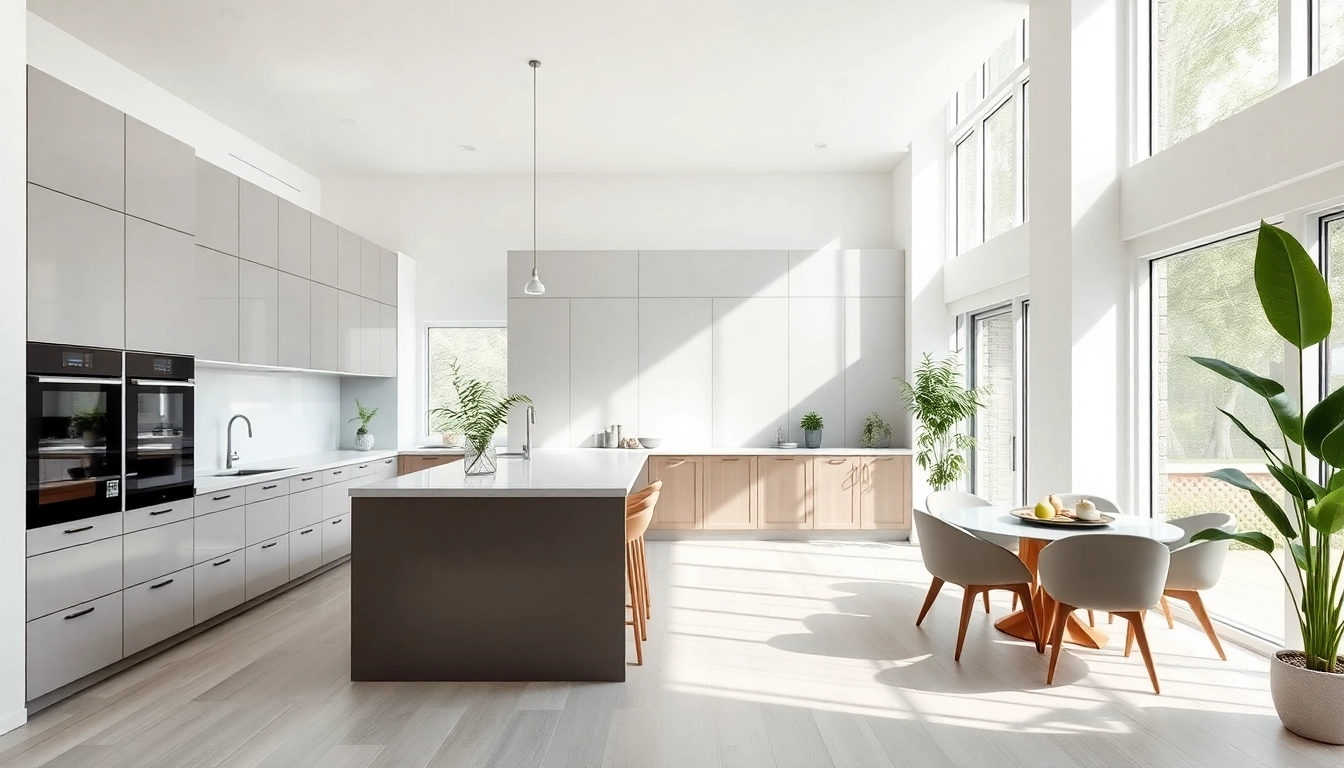
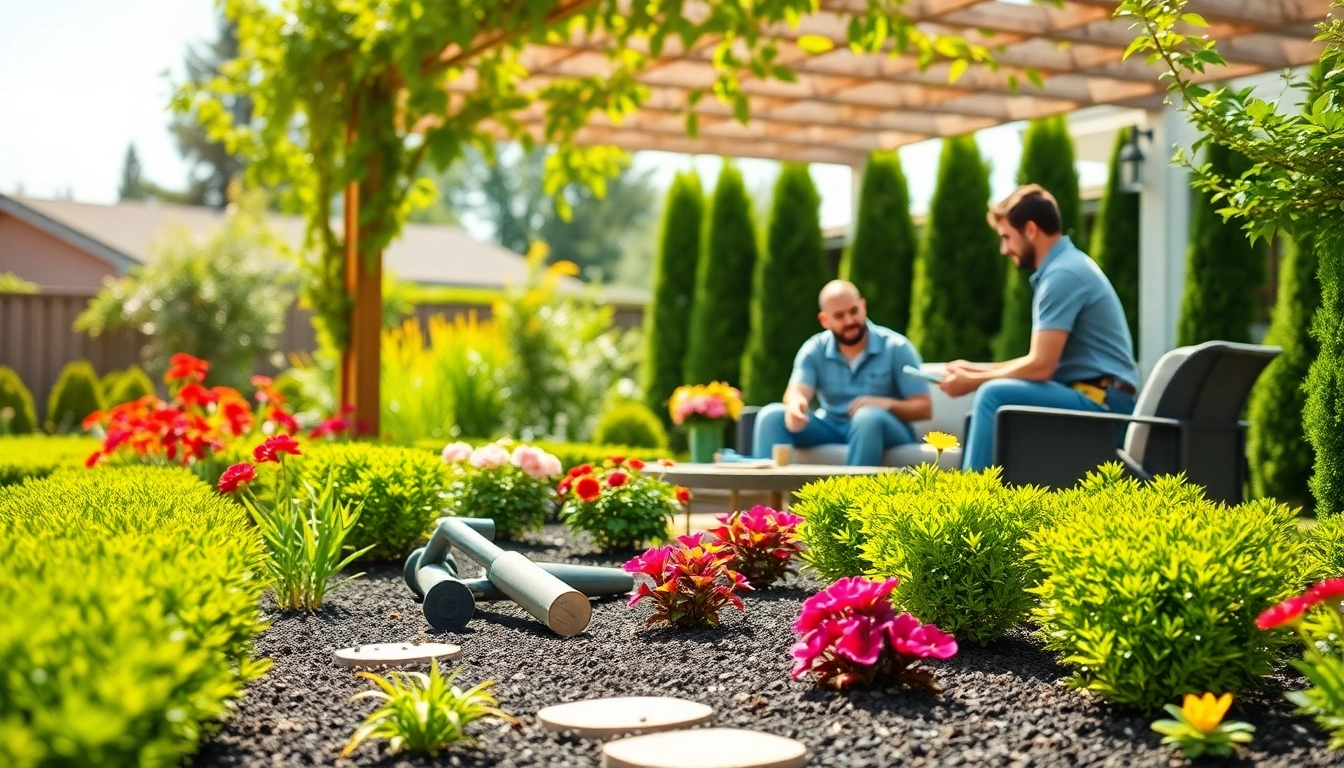
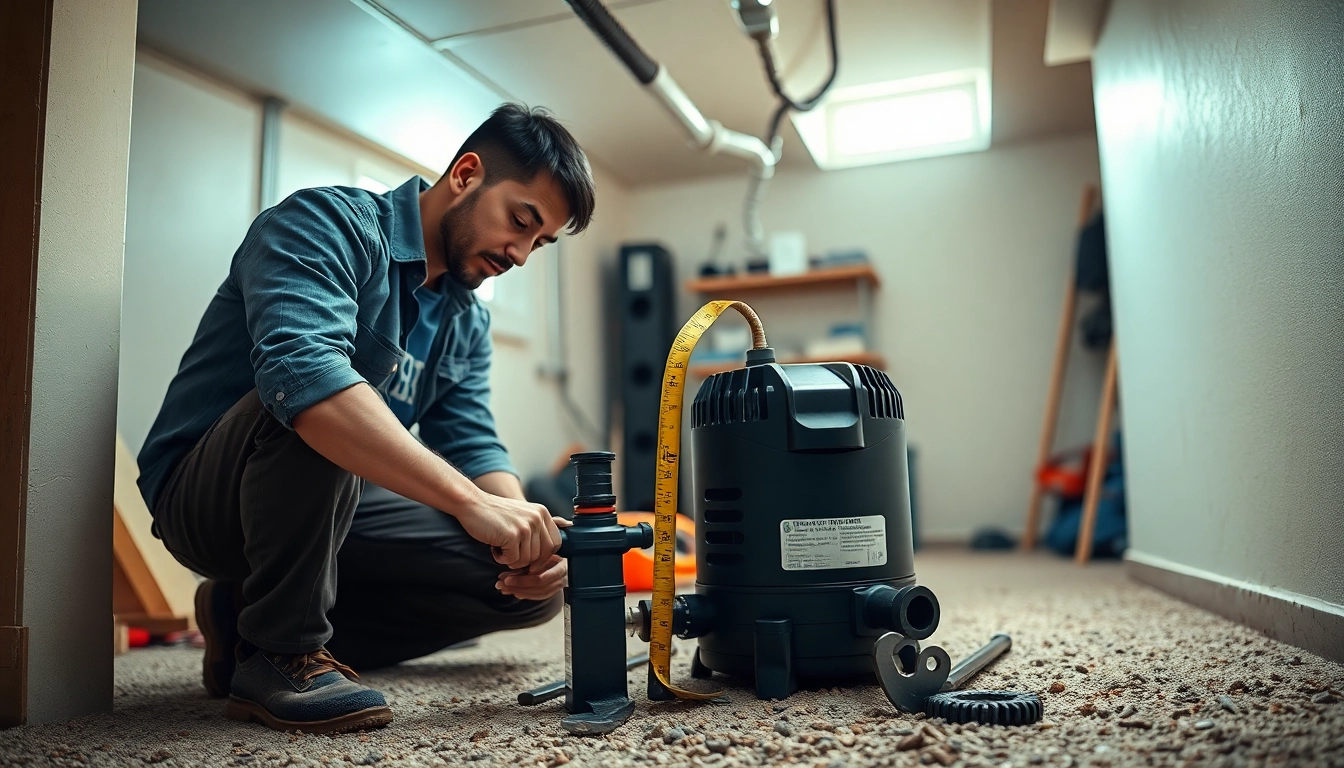
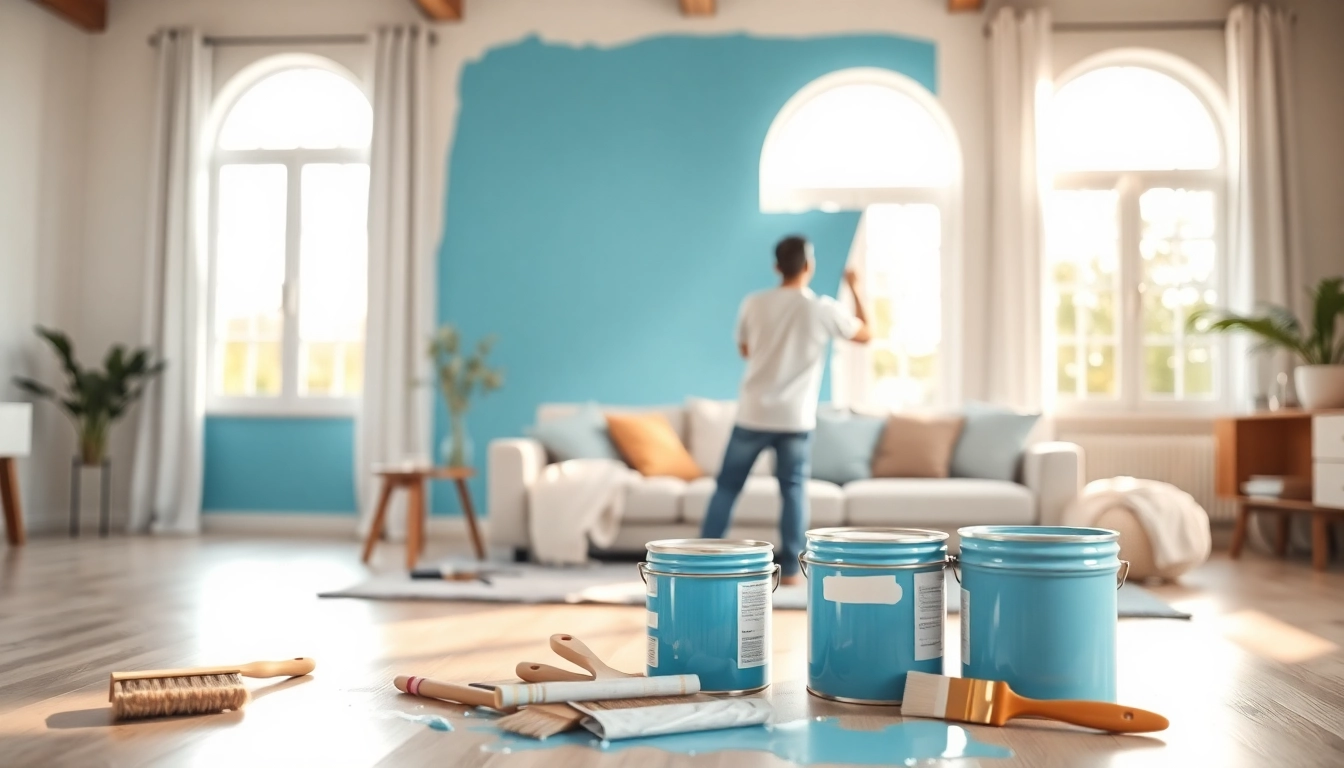
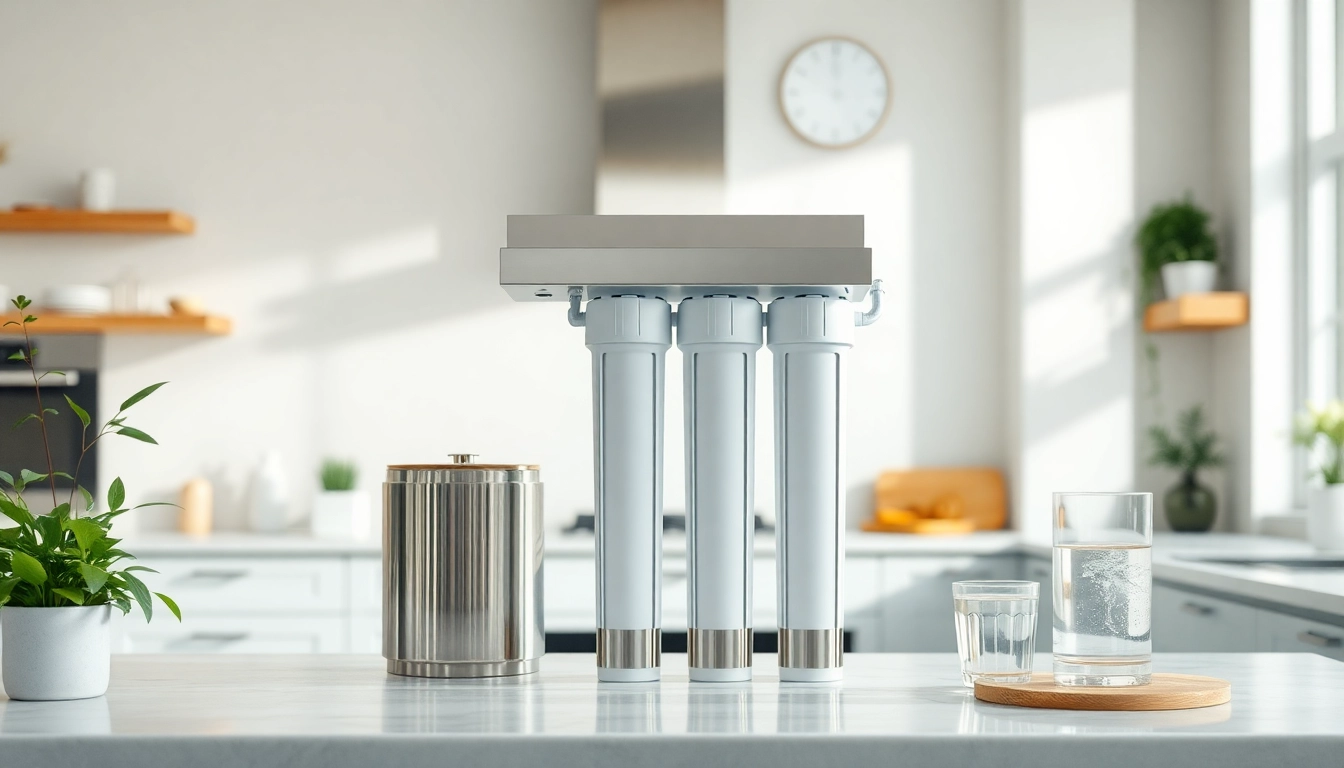

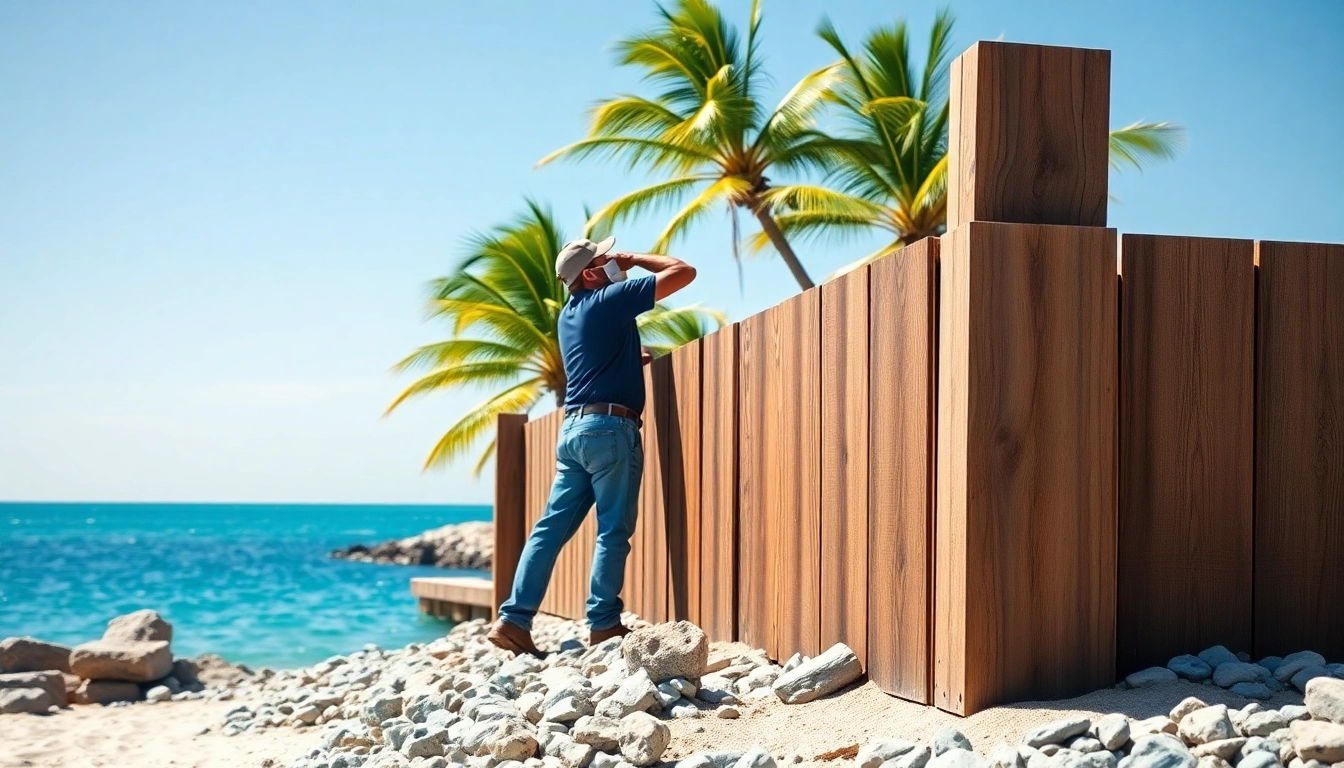




Leave a Reply